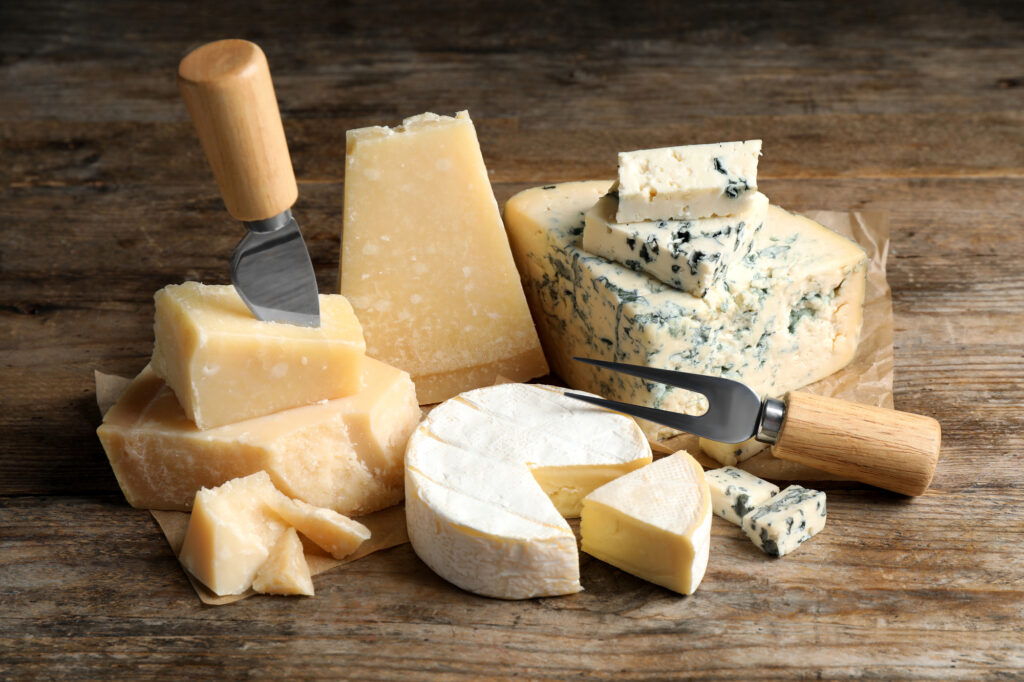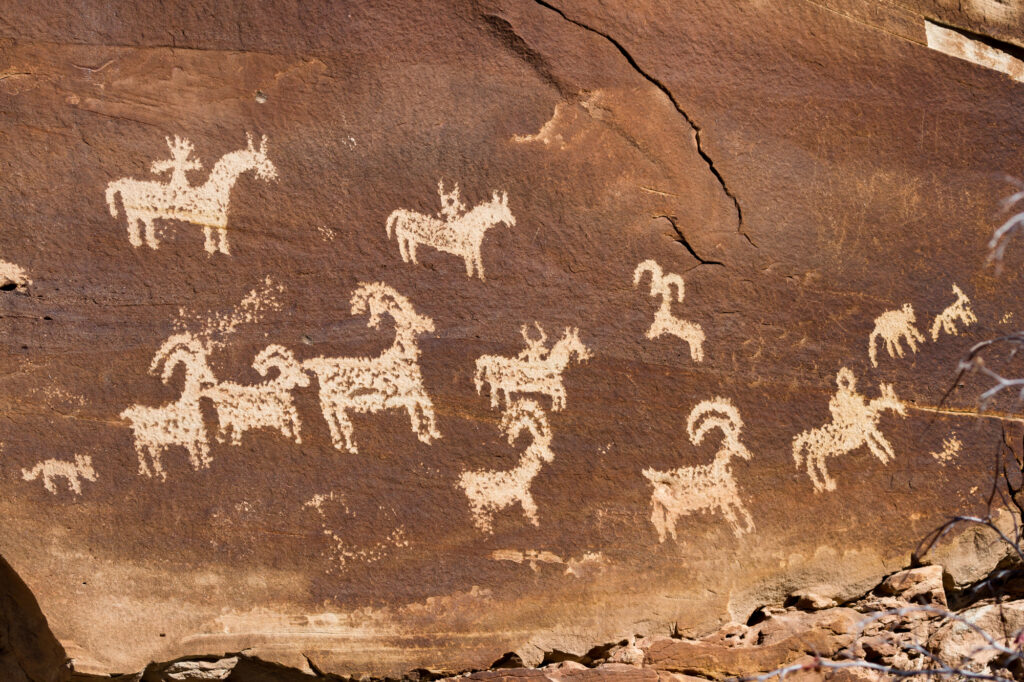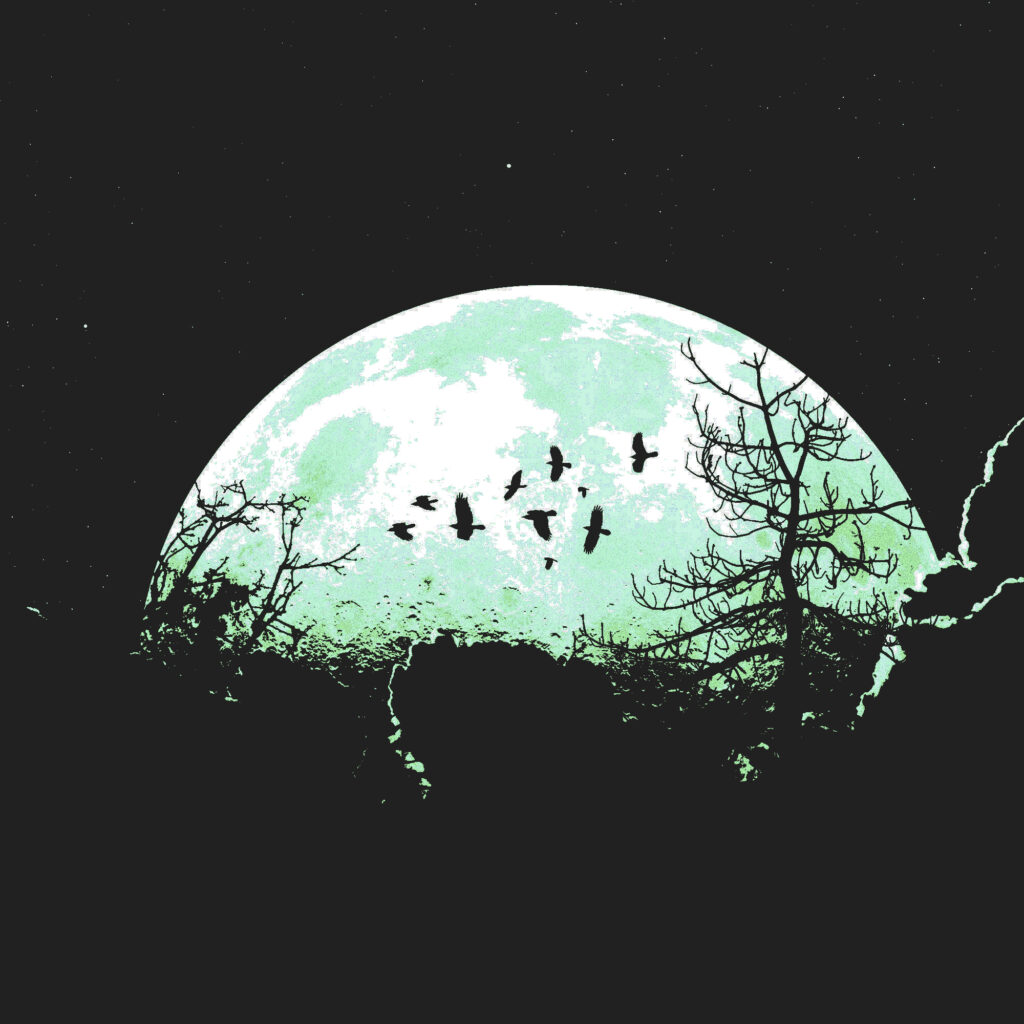What’s your favorite? Sharp cheddar or pepper jack? Honey gouda or cave-aged gruyere?
American or Swiss?
Imagine the cheese that you’re eating was first made nearly 8,000 years ago. People ate cheese before they started to record history. That’s a long time ago. No one knows where cheese originated but it was probably from a lot of different places at the same time.
Let’s go back to the prehistoric Neolithic world, about 12,000 years ago. After the end of the Ice Age, nomadic hunter-gatherers modified their lifestyles. Archeologists call it The Agricultural Revolution. People started to farm, domesticate animals, and settle down in one place.
The farms grew Neolithic Founder Crops. Most were from wild species like wheat, barley, peas, and lentils. The first animals to be domesticated were dogs, followed by goats, pigs, sheep, and cattle. This happened all around the world.
What does that have to do with cheese?
In one word: milk.
It probably started by chance. According to Bethany Moncel in The Spruce Eats, cheese “was most likely discovered . . . during the transport of fresh milk in organs of ruminants [hoofed mammals] such as sheep, goats, cows, and buffalo.”
Legend says that an Arab shepherd, carrying a sheep’s belly full of milk, had to walk home through the scorching desert. At the end of his journey the shepherd discovered that the milk had separated into curds and liquid (whey). “Without refrigeration,” Moncel noted, “warm summer heat with residual rennet in the stomach naturally curdled the milk to produce the earliest forms of cheese.” (see rock painting below)
It might not sound very tasty but without cardboard cartons, pails, and glass bottles how else could you carry milk?
Drain the liquid, salt the curds and you have cheese – high protein, easily digested, with a long (shelf) life – no cookbook needed.
The word cheese comes from Latin meaning to ferment or sour. From the wealthy to the poor, royalty to workers, and everyone in-between, cheese became part of daily life.
The early cheese was probably salty, sour, and strong-flavored, similar in texture to today’s feta and cottage cheese. The idea took hold and spread.
Lucky for us.
Consider Homer, a famous poet in ancient Greece. Forget the chubby cartoon character, Homer Simpson.
The Greek Homer wrote about mythology, and in two of his most famous and lasting works, The Iliad and The Odyssey (800 BC) he talked about cheese made by a Cyclops, and how the heroes of the Battle of Troy survived by eating cheese and wine.
Homer wasn’t the only ancient Greek who mentioned cheese. Hippocrates, today known as the Father of Medicine, and philosopher Aristotle, both appreciated the power of cheese. By then, Greeks were also enjoying cheesecakes and other recipes, often eaten with honey. The ancient Greeks improved cheesemaking, added flavors, textures, and spread their knowledge throughout the Mediterranean basin.
Cheese and cheesemaking in ancient Rome probably came from Greek slaves. The Romans improved the process, flavor, and texture. They produced hard, soft, and smoked cheeses. Historical records indicate that cheese was eaten almost every day in the Empire and cheesemakers were seen as artists. According to author J. L. Vieites in A Brief Cultural History of Cheese, “Cheese, olives, and raisins made up the meager rations of the Roman soldiers.”
Many of today’s most popular cheeses came later, during the Middle Ages. Cheddar was introduced in the 1200s, parmesan in the 1500s, and gouda in the 1600s. Monks created a lot of our favorites. In France, 70% of cheeses today originated in monasteries, including muenster, port salut, and semi-soft blue cheese. In Serbia-Croatia, Trappist Monks produced limburger and in Italy, the Benedictine Monks made parmigiano.
In 1546, the book Proverbs was published by British author and playwright, John Heywood. He included the saying that “The moon is made of a greene cheese.” It came from a fable about a fool who saw the moon reflected in water and believed it was a round cheese wheel.
Maybe he had a point.
*Look for A Cheesy Story Part II: The Best, The Fakes, and The Stinkiest for the modern cheese story.






But who invented cheesecake?
Wonderful! I think if I had to choose just one food to live on it would be cheese, and now I know much more about it! What a rich and entertaining history. Only problem is, like all your blogs, it makes me hungry for the subject food and I don’t have any on hand! I really look forward to the Stinkiest cheeses in your Part 2…I’ve always wondered about Stinking Bishop….